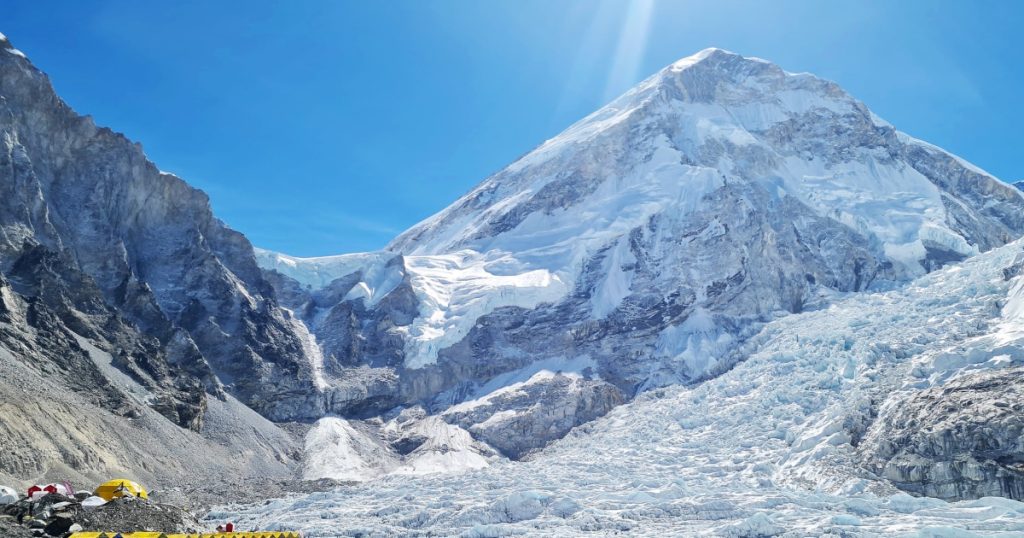Amid the tail end of the climbing season on Nepal’s Mount Everest, tragedy struck as at least three people are believed to have died this week. Cheruiyot Kirui, a senior relationship manager at African bank KCB Group, was found dead on the mountain. His body was discovered by a government official at base camp, but due to the high altitude and low oxygen levels, it was unclear when the body would be recovered. Kirui was described as a fearless and audacious spirit by Kenya’s Principal Secretary for Foreign Affairs, who considered him a friend.
Nawang Sherpa, a guide who was with Kirui, was reported missing as well. Additionally, two other climbers, Daniel Paul Paterson of the U.K. and Pastenji Sherpa of Nepal, are feared dead after a cornice collapsed near Hillary Step while they were descending from the summit. Their bodies have not been recovered, and their deaths have not been confirmed by government officials. Paterson was known for his uplifting personality and strong determination, while Pastenji Sherpa was a dedicated climber and experienced guide.
Two Mongolian climbers also died last week while descending from the summit of Mount Everest. There are reports of additional climbers and guides being missing, but their status remains unknown. More than 450 climbers have scaled Mount Everest from the Nepali side of the peak this season, as reported by officials. The spring climbing season on the world’s tallest mountain typically comes to a close at the end of May. The deaths of those who lost their lives on the mountain were honored by their colleagues and loved ones, who extended their deepest condolences to the grieving families.
The climbing community mourns the losses suffered on Mount Everest, honoring the enduring spirits of those who perished on the mountain. Despite the risks involved, climbers continue to strive for the summit, facing unpredictable conditions and treacherous terrain. The joint efforts of climbing teams and expedition groups work together to navigate the challenges of the mountain, overcoming obstacles and supporting one another in moments of crisis. The tragic deaths of those who died while pursuing their passion for climbing serve as a sobering reminder of the dangers inherent in scaling Mount Everest.
The global community grieves for the lives lost on Mount Everest, as climbers from various backgrounds and nationalities come together in the pursuit of reaching the summit. The physical and emotional toll of climbing the world’s tallest mountain is evident, as climbers face extreme weather conditions and technical challenges throughout their journey. Despite the risks involved, the allure of conquering Mount Everest continues to draw adventurers from around the world, each seeking to test their limits and fulfill their dreams of standing on the peak of the mountain. As the climbing season comes to a close, the memories of those lost on the mountain serve as a tribute to their courage and determination in the face of adversity.
The tragic incidents on Mount Everest serve as a stark reminder of the inherent danger of high-altitude mountaineering and the risks involved in pursuing such challenging endeavors. The unpredictable nature of the mountain and the harsh weather conditions present a constant threat to climbers, making each expedition a test of physical and mental strength. The climbing community mourns the loss of those who died on the mountain, honoring their courage and resilience in the face of adversity. As climbers face the challenges of the summit, they rely on their training, experience, and the support of their fellow climbers to navigate the perils of Mount Everest and achieve their goals.


